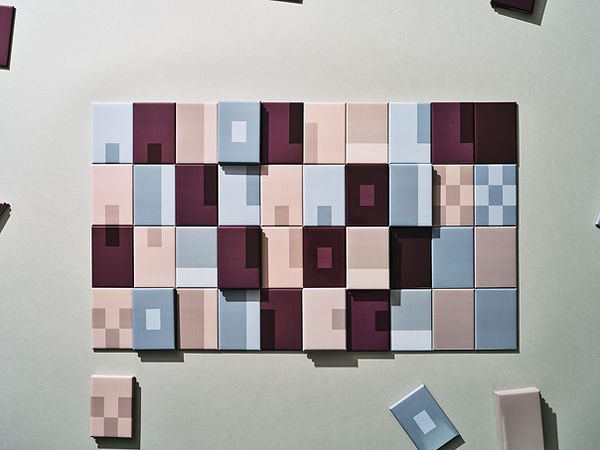
ALPHABET
2022
Magnet tile / installation
Exhibited at National Hangeul Museum (KR)
Steel, magnet
53 X 78 X 3 (mm)
We recognized a structural similarity between Hangeul(Korean alphabet) and tiles, as both are systems completed through the combination of distinct elements governed by specific rules. Based on this concept, ALPHABET explores a new visual language by integrating the modular principles of Hangeul with the physical format of tiles.
Unlike conventional tiles used in architecture, ALPHABET tiles are equipped with magnets, allowing them to be freely assembled and rearranged—much like the compositional nature of Hangeul itself. This flexible format transcends static form, opening up possibilities for organic and dynamic configurations. In doing so, the project bridges visual form and written language, tradition and modernity, proposing an alternative mode of communication through design.
Product photograph by Jandee Kim
Exhibition photograph by Younjae Kim







